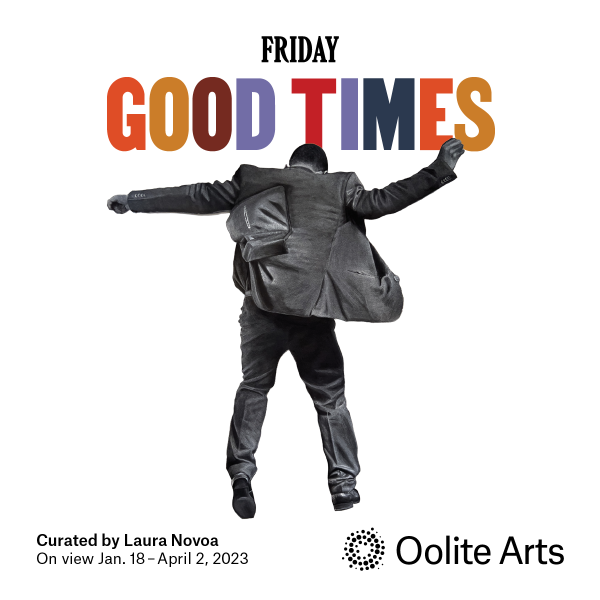Tina Campt on episode 8 of ICA Miami’s podcast; begins at 22:54. Listening as an act of attunement. Listening for quiet (not an absence/subtle presence) affective registers within an image, a work, an installation, a practice.
“Attend to that which is not always directly confronting us”
T. Eliott Mansa project, Room for the living/ Room for the dead, at Locust Projects, would reward close listening.

The installation merges the concept of Florida / Family rooms as a home’s casual, social hub for gathering, entertainment and play, with that of less-used living rooms that served as shrines for treasured family photos and heirlooms. Inspired/influenced by the artist’s friend and writer Noelle Barnes’ living room and the artist’s own memories of sunken living rooms of the 1970s, the artist considers the cultural phenomena of the living room as unlived, unoccupied, untouched spaces that children and guests were prohibited from using.
As an alternative, many people used ‘Florida/Family rooms’ to entertain company and watch television. Meanwhile, in the ‘unlived’ living rooms, many elders wrapped the furniture in protective plastic. For Mansa, these living rooms were treated as shrines–a space honoring one’s ancestors and those who have traveled beyond this plane. With this installation, the artist seeks to collapse the dichotomy between the ‘Living Room’ as shrine, and the ‘Florida/Family room’ in a way that creates ‘a room for the living’ as much as ‘a room for the dead’.

Chris Friday’s Good Times, curated by Laura Novoa, promises to engage quietly expressed modalities within the bold depicted.
[The works] prompt the viewer to consider more expansive notions of blackness and where communities – known and unknown – are given a space to dialogue, reflect, and celebrate.
Friday’s subjects – family, friends, colleagues – and the settings in which they exist, become mechanisms to unsettle traditional hierarchies and arrangements of power. In particular, she presents large-scale drawings of figures in acts of leisure – playing, dancing, resting – that refuse full exposure in a slight but noticeable turning away from the viewer. By placing them in the public realm (i.e. the gallery space), but limiting access to their interiority, Friday’s works inhabit a liminal space that is at once visible and hidden, silent and defiant.